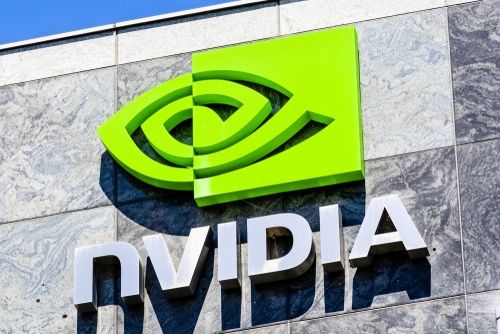Vitalik Buterin elogia Starknet (STRK) pelo uso mais eficiente de L1

Vitalik Buterin elogiou Starknet (STRK) por resolver o problema das altas taxas de blob. Buterin acredita que Ethereum pode aumentar a capacidade de blob, mas que os protocolos rollup também devem otimizar suas operações.
Vitalik Buterin elogiou Starknet (STRK), um dos principais protocolos de rollup L2, por soluções de blob gas mais eficientes. Buterin acredita que Ethereum pode aumentar a capacidade dos blobs, tornando seu L1 ainda mais barato para todos os L2. No entanto, ele também acredita que as redes devem tomar cuidado para conseguir um uso mais eficiente dos blobs.
Uma parte do escalonamento L2 é Ethereum aumentando sua capacidade de blob. A outra parte são os rollups se tornando mais eficientes em termos de dados. É bom ver @Starknet enfrentando o desafio.
Adoraria ver mais rollups de EVM aumentando a eficiência dos dados também (consulte https://t.co/HZijLDNqog ) https://t.co/0MTasPyPEg
— vitalik.eth (@VitalikButerin) 18 de novembro de 2024
Buterin’s statement arrives at a time when there are more blocks with blob sections filled to their full capacity. The creation of a blob economy will make the task of L2 more complex, as they have to decide between state finality and paying more to Ethereum.
Starknet pays only $970 in rent to Ethereum in 24 hours, compared to $18.41K for Base. For Base, fees to L1 rose more than 9 times in the past month.
Starknet is not the best example for a blob-based economy. The chain is relatively small and has lost most of its activity after running its airdrop. On slow days, Starknet has around 10K active addresses, with under $5K in revenues. For Buterin, the technical approach is what matters, and other chains also joined to claim they could achieve lower blob fees through data optimization.
Until recently, even Base and Arbitrum paid extremely low rents to Ethereum. The leader is once again Taiko, which pays upward of $60K in daily rent for blobs. Taiko is also the only L2 that does not delay its blob posting schedule, to achieve speed and finality.
For a few months since the March Dencun upgrade, L2 used Ethereum practically for free, or for a very low rent. After blobs started filling up, L2 now has to pay more, potentially cutting into their fee bottom line. L2 managed to retain big parts of their fees for themselves, retaining them from Ethereum.
For Buterin, this situation seems to be preferable, leading other L2 to invent ways to pay low fees to the main network. At the same time, critics of Ethereum still believe the main chain should try to scale similarly to Solana, while also retaining L2.
The big problem seems to be the stagnant Ethereum price, which is still under $3,200, despite the all-time high for Bitcoin (BTC). ETH is still slightly inflationary, with more than 500K new tokens produced on a yearly basis. New ETH is distributed daily to validators and stakers, including block rewards. Fee burns are not enough to keep the supply of ETH low. The coin has also not seen anything close to a supply crunch, with enough ETH available from old whales.
Blobs accelerate in the past month
In the past 30 days, periods with competitive blob pricing arrived almost daily. L2 could no longer reduce their posting enough to prevent a price rally.
Currently, most of the blob traffic comes from a handful of top L2. However, there are more than 100 chains with the potential to grow their usage and require representation on Ethereum blocks.
Expensive blobs were one of the potential developments which could make Ethereum valuable again. The reason for this is that L2 chains carry multiple fee-generating apps, but do not share that value with Ethereum.
However, this metric is not entirely true. In the past month, even the emerging competitive market for blobs diverted up to $2M from all L2 into Ethereum. The question is whether Ethereum should increase the number of blobs and the blob limit, to avoid making L2 too expensive for end users.
In 2024, Ethereum is slowly losing its lead as a fee producer. During some periods, Ethereum is no longer the biggest generator of fees. In the past day, even Solana once again surpassed Ethereum’s larger and more liquid network.
Beyond the technology, Ethereum’s biggest use case is the USDT stablecoin, which is one of its main sources of traffic and transaction fees. On Ethereum, despite L2 scalability, liquidity remains fragmented, leaving L2 to compete for inflows of USDT.
Land a High-Paying Web3 Job in 90 Days: The Ultimate Roadmap







